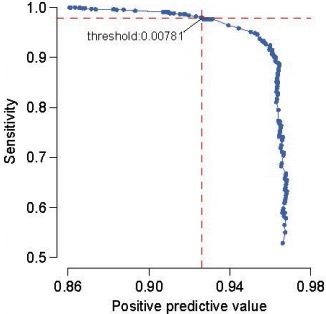I started MassGenomics ten years ago, when so-called next-generation sequencing was still in its infancy. I’d joined the Genome Sequencing Center at Washington University, fulfilling a dream I had since high school. At the time, two NGS technologies had begun to emerge: 454 pyrosequencing and Solexa sequencing-by-synthesis.
Over the next several years, Solexa was acquired by Illumina and matured to become the workhorse of the genomic research community. 454 sequencing was applied to some innovative projects, but could not match the price or accuracy of Solexa. It was acquired by Roche but eventually faded to obscurity. ABI Life Sciences made a brief foray into next-gen sequencing with its much-hyped (ill-fated) SOLiD platform.
It was a thrill to be at a leading sequencing center during the rise of NGS. We sequenced the first cancer genome, and went on to characterize numerous common tumor types for The Cancer Genome Atlas. Whole-genome sequencing is now the mainstay of genetic research, and will help uncover the molecular basis of countless diseases in the years to come.
Unfortunately, it has become clear that I can no longer give MassGenomics the attention it deserves. I managed only 13 posts in 2017, a far cry from my typical frequency of 20-30 posts per year. There are three main reasons my attentions have been elsewhere:
1. Shift to Science Fiction
As you probably know, I do some writing outside the realm of science. Today marks the publication of The World Awakening, the third and final book in my series with HarperCollins about a Vegas magician who infiltrates a medieval world. There’s surprisingly little hard science in these novels, which has surprised some people. Let’s just say I’m saving the hard stuff for another project.
Speaking of which, I’m also spending more time on nonfiction aimed at writers. I’m currently editing Putting the Science in Fiction, a compendium of 60 articles on biology, chemistry, physics, engineering, and other subjects relevant to genre fiction. I have about 40 contributors to that volume, which is being published by Writer’s Digest Books in Fall 2018. It’s keeping me busy.
2. Less Large-Scale Sequencing
Another more practical reason that I’m not writing as much for MassGenomics is this: I no longer work at a large-scale genome center with the latest factory-scale sequencing system. In other words, Illumina is no longer taking my calls. (I’m kidding about this — the folks at Illumina are actually quite responsive, and I appreciate that a number of them read my blog).
There are others who are better informed about the state of large-scale genome sequencing. My friend Keith Robison of Omics! Omics!, for example, has never stopped in providing a cogent analysis of NGS technologies and applications.
3. A New Focus: Rare Diseases and Pediatric Cancers
I moved to Nationwide Children’s Hospital about a year and a half ago. Our mission at the Institute for Genomic Medicine is very different from that of a large-scale sequencing center. Our ultimate goal with NGS is to help individual patients, whether that’s providing a molecular diagnosis for a rare disorder, or searching for new treatment options in pediatric cancer patients.
That’s also where my passion lies, and so it makes sense for me to devote my energies there rather than to MassGenomics. I do have something else in the works, and plan to announce that on Rare Disease Day, February 28th.
I’ll end by saying THANK YOU to all of the readers who’ve followed MassGenomics over the past ten years. This blog has been an important part of my life, and I’m grateful for everyone who came along for the ride.
~Dan Koboldt, February 2018

